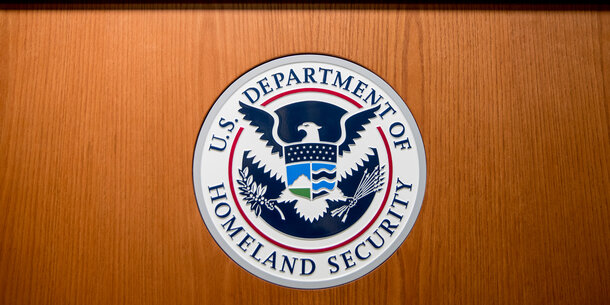This originally appeared in City & State.
Last week, the New York City Council passed a number of policing reform bills, including a resolution approving an amended version of Mayor Bill de Blasio’s long-delayed policing reform plan. It was approved in order to comply with Gov. Andrew Cuomo’s executive order requiring all municipalities to adopt a policing reform plan by April 1, 2021. Among the mayor’s proposals is a plan to merge the three agencies tasked with oversight of the New York City Police Department: the Civilian Complaint Review Board, the NYPD Inspector General, and the Commission to Combat Police Corruption.
The plan does not explain how consolidating agencies with drastically different track records, budgets and independence into “a new, stronger entity to establish itself as a trusted and robust oversight voice” will do anything other than dilute the effectiveness of all three under the guise of reforming them. After a year of historic protests were met with a brutal and repressive response by the NYPD, community advocates are calling for a significant reduction in the NYPD’s budget, scope, size and power. The City Council should be wary of implementing any proposal to expand NYPD’s influence by muddying the independence of police oversight, as it will only further enable the police to operate with impunity.
Under the mayor’s scheme, the autonomy and success of the inspector general’s office are the most threatened. The position was established by the City Council in 2013, overcoming a veto from then-Mayor Mike Bloomberg and opposition from the police commissioner. The inspector general’s role is to monitor police practices and ensure the NYPD is following civil rights and civil liberties. The inspector general sits within the Department of Investigation and is appointed by the commissioner of investigation. In practice, this separation ensures the NYPD commissioner does not have the authority to control what the NYPD IG investigates, influence its budget, or determine who can be subpoenaed.
Over the years, the IG has documented systemic issues within NYPD, including a report documenting the ineffectiveness of broken-windows policing, a report finding that NYPD underreported use of force by officers and their latest report documenting the NYPD’s abusive response to last year’s racial justice protests. The inspector general had considerable access to NYPD officers and leadership, conducting interviews in each instance.
By contrast, created nearly 70 years ago, the CCRB is tasked with investigating and making recommendations regarding complaints against individual NYPD officers, but the police commissioner maintains influence over the makeup of the CCRB’s leadership. The commissioner directly appoints three members to the CCRB, and the mayor gets to appoint five, with a sixth appointed jointly by the mayor and the City Council speaker. That means that the mayor and the police commissioner appoint a majority of the board. This outsized influence can limit the independence and effectiveness of the CCRB, particularly when its investigations clash with a united front between the mayor and police commissioner. Meanwhile, the Commission to Combat Police Corruption, created in 1995, is currently composed of three volunteer members appointed by the mayor to “assess the quality of the Police Department’s systems for combating corruption,” but its power and authority to impact NYPD reform is minimal.
The ineffectiveness of police oversight can be further exacerbated by funding issues and a lack of cooperation by the NYPD. The CCRB has a budget of around $20 million but is chronically understaffed – most recently laying off two senior staffers allegedly to save money. The Commission to Combat Police Corruption’s budget is difficult to pin down, as it is not reported as part of the mayor’s Management Report. Both it and the CCRB are regularly obstructed by the NYPD, declining to make their officers available for interviews, refusing to hand over relevant information and videos and narrowly interpreting agency mandates. For example, the CCRB’s investigation into widely documented abuse by the NYPD over last summer’s protests are being stonewalled by NYPD, and internal leadership at the CCRB is discouraging employees from confronting the police over their reluctance to cooperate.
The NYPD Inspector General’s office operates with considerably more freedom, as the Department of Investigation’s budget is more than double the CCRB’s. While the NYPD IG’s recommendations could be significantly strengthened to go after longstanding structural issues at the NYPD, the ability to dig deep into department practices, issue public reports and conduct follow-up investigations is valuable and should not be underestimated. For example, a federal judge used the inspector general’s report investigating the NYPD’s surveillance of constitutionally-protected activity to force a stronger settlement over the NYPD’s post-9/11 surveillance program of Muslim New Yorkers.
The mayor’s ongoing inability to stand up to the police department and hold it accountable makes it increasingly unlikely that this consolidation would do more than ensure the NYPD can obstruct all oversight. If implemented, the mayor’s hurried reform plan will further entrench NYPD power. It is now up to the City Council to avoid executing the mayor’s proposals without adequate consideration of the long-term consequences of a police department that polices itself.






